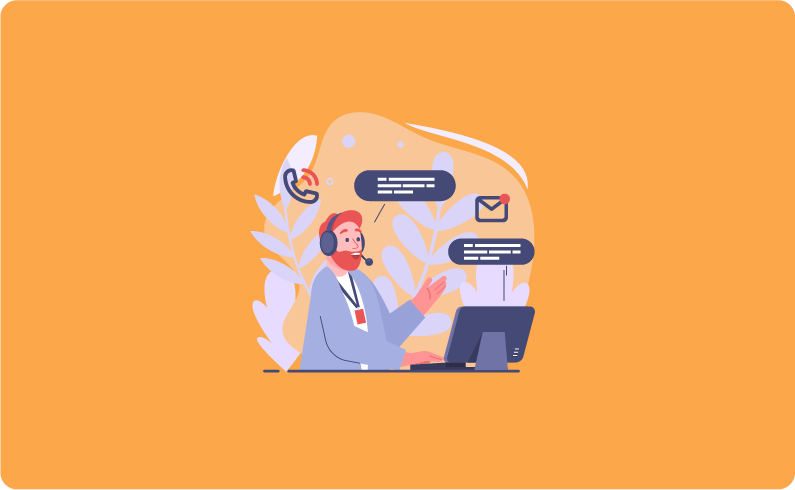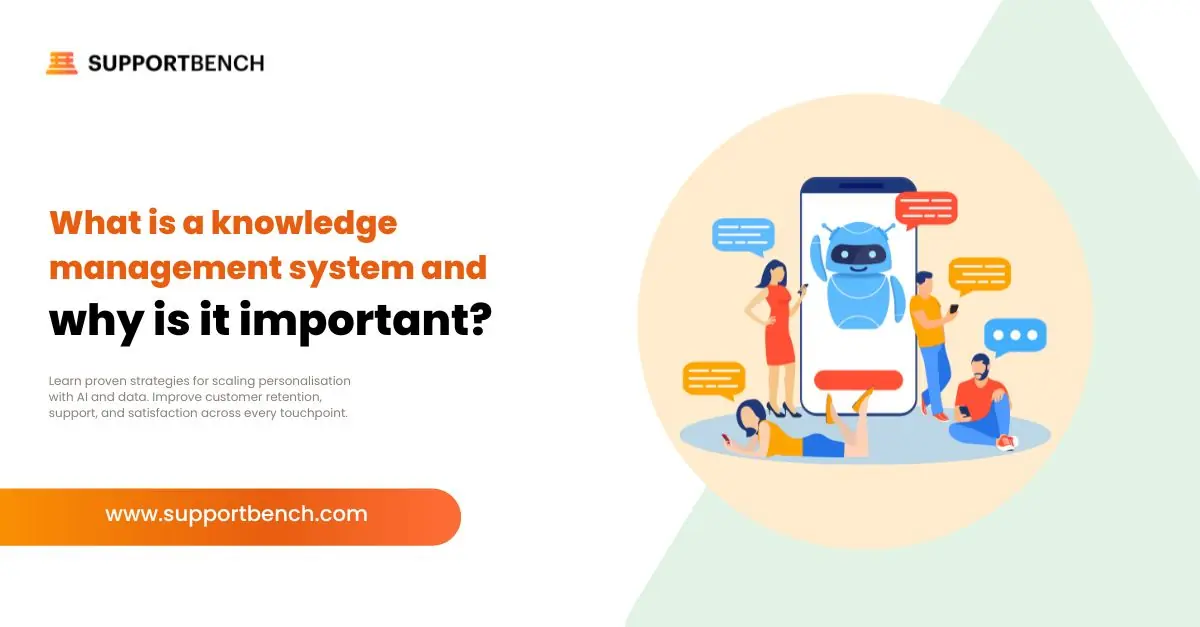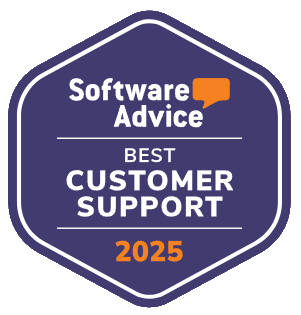The modern Enterprise environment is rapidly evolving, and customer support teams are feeling the pressure. With escalating customer expectations, the dream scenario for customer support engineers and managers is to possess a holistic support system that amalgamates rich features with an intuitive design and incorporates sophisticated AI capabilities. Such a system would ideally serve as the single point of truth, consolidating information and offering unparalleled insights. This is no longer just a dream – it’s a necessary evolution.
“The most profound technologies are those that disappear. They weave themselves into the fabric of everyday life until they are indistinguishable from it.” – Mark Weiser, Source. This sentiment perfectly captures the trajectory that B2B enterprise support software must follow. And newer support platforms built bottom up for the B2B are pioneering this vision.
We are on the precipice of a dramatic tool shift in Support. There is indeed a pressure to consolidate multiple tools into one. But, for decades, there has been an overwhelming reliance on a multitude of tools to handle customer support tasks. That is not out of choice for the Support professional. It is because all systems on the market thus far are insufficient on their own and therefore force you to have five…six… even upwards of TEN different tools to manage Customer Support issues. For many large organizations and their support engineers this is a daunting task that hampers efficiency and undermines the customer experience.

The Reality of Multi-Tool Dependency
A recent survey found that over 75% of customer support engineers in B2B enterprises frequently toggle between five or more tools daily.
Inefficient Workflow
Each of these tools requires its own learning curve, login credentials, and nuances. Support engineers often find themselves losing time simply navigating between tools or searching for specific information across multiple platforms.
Compromised Customer Experience
With data spread across several systems, ensuring consistent and updated customer information becomes challenging. The result? Slower response times, potential for more errors, and ultimately, a less satisfying customer experience.
Increased Training and Onboarding Time
Introducing new team members to a myriad of tools can be overwhelming. The time spent in training and onboarding is amplified, which could be better spent in hands-on customer interactions.
Breaking Free from Legacy Systems
The reliance on multiple tools is often a byproduct of legacy systems that were once considered state-of-the-art. However, clinging to these outdated systems in an ever-evolving digital landscape is detrimental.
Certainly, migrating from multiple tools to a single integrated solution can be daunting. You might be concerned about potential training, and integration challenges. However, the long-term benefits of streamlined operations, improved efficiency, and enhanced customer satisfaction far outweigh the short-term transition hiccups.
Another concern is cost. While there might be an initial investment in moving to a comprehensive tool, the cumulative costs (both tangible and intangible) of maintaining multiple tools often surpass the expenses of adopting one unified system.
So, let’s consider the dream, shared by many in the industry, of ONE unified tool that encapsulates all facets of customer support:
The Dream of a Unified Support System
Quote: “In simplicity, there is beauty and functionality.” – Jony Ive, Source.
Seamless Integration:
A unified support tool, ensures that every module or feature interacts harmoniously with the other. Whether it’s AI-driven analytics, email management, or chatbot interactions, every function is a piece of a cohesive whole.
Enhanced Productivity:
When support engineers can access all the functionalities they need from a single dashboard, they can address customer concerns more rapidly and effectively.
Consistency in Customer Data
A singular tool ensures that customer data is uniform, up-to-date, and easily accessible. This leads to more personalized and efficient customer interactions.
Moving to a single Support tool is the new norm:
The Growing Importance of Seamless Customer Experience in B2B
A recent study highlighted that 84% of B2B decision-makers say the experience a company provides is as crucial as its products and services.
Unifying the Customer Journey
Fragmented customer support systems create disjointed customer experiences. New Support platforms like Supportbench have comprehensive sets of advanced features, such as dynamic SLAs and customer health scoring, that help in creating a unified and consistent customer journey.
Empowering Customer Support Teams
With the right tools, customer support teams can transition from reactive to proactive. By offering actionable insights through features like sentiment analysis, these newer systems allow support teams to anticipate and address customer needs more effectively.
Personalized Customer Interactions
As the B2B enterprise landscape becomes increasingly competitive, personalization is no longer a luxury but a necessity. With tools like Supportbench, every interaction is tailored, driving enhanced customer loyalty and satisfaction.
Data-Driven Decisions: The New Norm
By 2022, 90% of corporate strategies will explicitly mention information as a critical enterprise asset, and analytics as an essential competency.
Actionable Insights Through AI
Traditional support systems only provide raw data. But Support platforms with fully integrated AI features, such as intent detection, transform this data into actionable insights. This ensures that decisions are not just based on gut feelings but are backed by data.
Predictive Customer Support
AI has enabled predictive analytics, allowing customer support teams to identify potential issues before they escalate. Through emotional scoring and sentiment analysis, Supportbench and tools like it enable support teams to take pre-emptive measures, drastically reducing customer grievances.
Efficient Resource Allocation
Data-driven insights allow for optimal resource distribution. By understanding which issues require immediate attention, Supportbench and others ensure that resources are allocated where they’re needed the most, enhancing efficiency and productivity.
The Need for Scalability & Autonomy in B2B Support Systems
The global customer service software market is projected to reach USD 32.4 billion by 2025, showcasing the increasing investment in scalable solutions.
Reducing Dependency on IT
Time is of the essence in the fast-paced B2B environment. Waiting for IT teams to make essential changes can hinder productivity. Supportbench’s design ensures that support teams can make these changes themselves, ensuring quick and efficient problem resolution.
Customizable Solutions for Unique Challenges
Every B2B enterprise is unique, and so are its challenges. A one-size-fits-all approach is no longer viable. Supportbench’s fully customizable solution ensures that businesses can tailor the software to their specific needs, ensuring maximum efficiency.
Evolving with the Business
The B2B landscape is constantly evolving, and businesses need a support system that can keep up. Supportbench offers scalability, ensuring that as your business grows, your support system grows with it.
Actionable Trends for Support Leaders
Integrate AI-Powered Chatbots
As seen with Supportbench’s Chat GTP integration, chatbots can drastically reduce response times, providing customers with instant solutions, and freeing up human agents for more complex issues.
Invest in Continuous Training
With the rapid evolution of technology, continuous training is crucial. Regular training sessions ensure that support teams can effectively utilize all the features of advanced systems like Supportbench.
Embrace Predictive Analytics
Leverage tools that offer predictive insights. This allows support teams to be proactive, addressing issues before they escalate.
Prioritize Personalization
Understand your customers and tailor your interactions. Personalized interactions lead to enhanced customer loyalty.
Optimize Resource Allocation
Use data-driven insights to understand where resources are needed the most. Efficient resource distribution leads to enhanced productivity.
Revolutionizing the Support Landscape
In conclusion, the dream scenario for customer support engineers and managers in the B2B enterprise realm is not just a possibility but a necessity. With systems like Supportbench, businesses can provide seamless customer experiences, make data-driven decisions, and ensure scalability and autonomy in their support operations. These new systems aren’t just tools, they’re a revolution. These newer Support platforms embody the dream of a unified platform, integrating a plethora of features without compromising on user-friendliness. And with a unified tool, not only does the support department flourish, but the entire organization benefits. Efficient support systems lead to happier customers, driving loyalty, and fostering growth. So, while the norm for many large organizations is juggling a myriad of tools, the future beckons a shift towards unified, integrated solutions. Platforms like Supportbench are leading the charge, ensuring that the dream of a singular, cohesive support system becomes a reality for B2B enterprises. In the quest for optimal efficiency and unparalleled customer experiences, the answer lies in simplicity and integration.
The future is here, and it’s time to embrace it.















